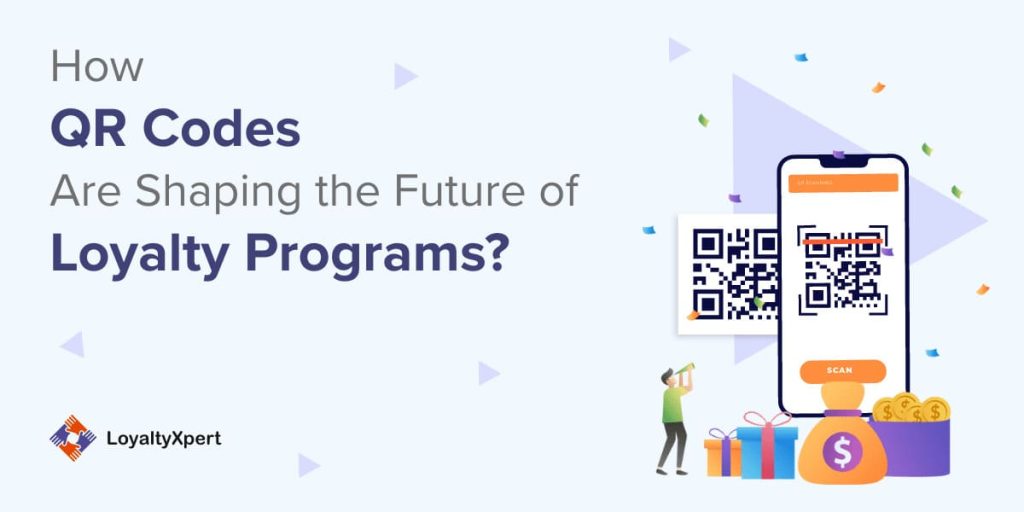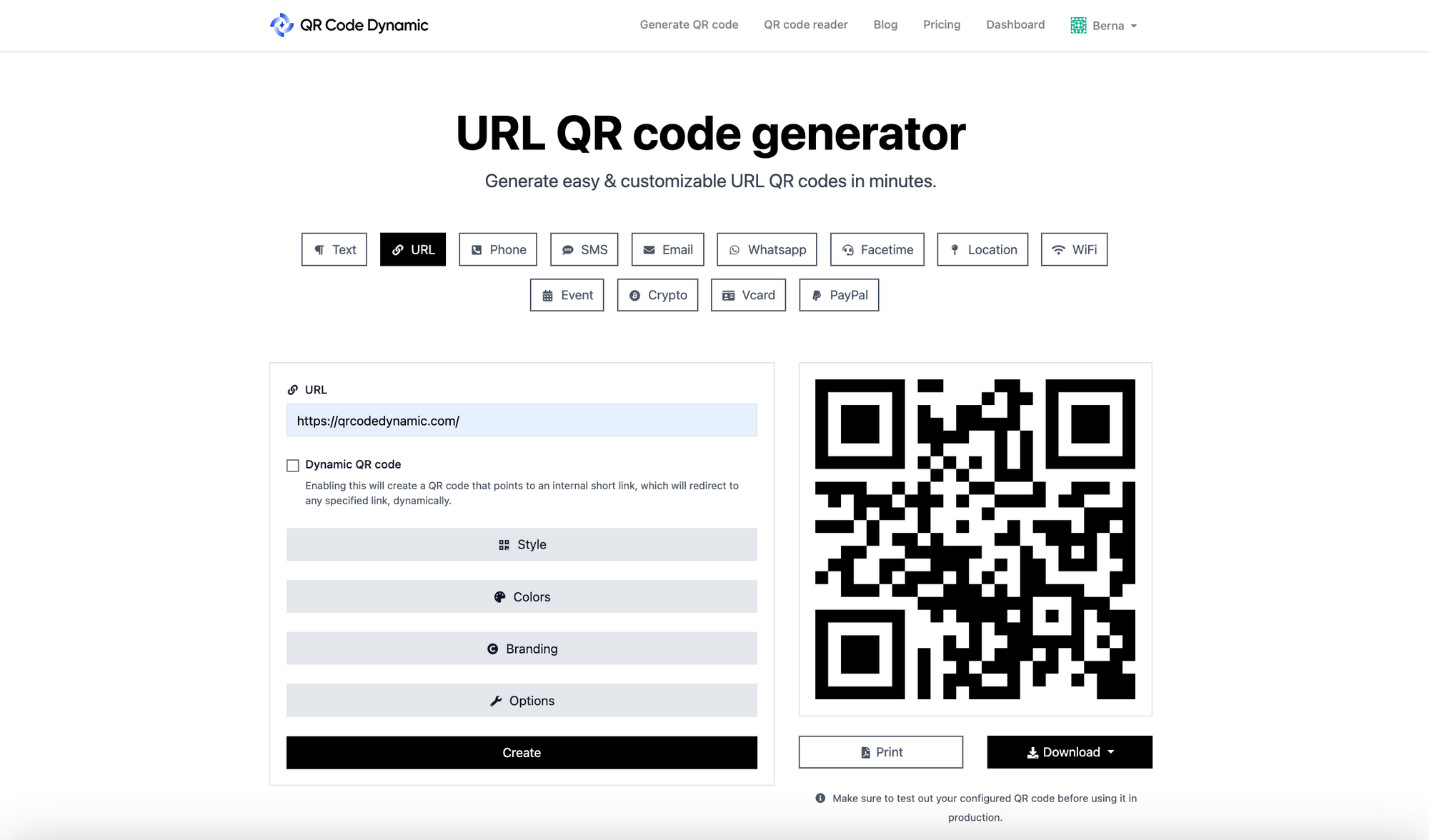How to Design a Reliable Loyalty System to Improve Customer Loyalty
How to Design a Reliable Loyalty System to Improve Customer Loyalty
Blog Article
Boost Client Retention With a Powerful Commitment System
In today's competitive market, enhancing client retention is not merely useful but vital for continual growth. A properly designed loyalty system offers as a critical tool in this venture, promoting purposeful partnerships in between services and their customers. By understanding the essential parts of reliable commitment programs, companies can tailor their methods to satisfy diverse consumer requirements.
Importance of Client Retention
Client retention is a keystone of sustainable business success. It mirrors the capacity of a business to keep its consumers engaged and pleased with time, causing repeat purchases and lasting earnings. Preserving existing clients is usually more affordable than obtaining brand-new ones, as it minimizes advertising expenses and promotes a loyal client base that supports for the brand name.

Additionally, high customer retention prices can enhance a company's credibility out there, drawing in new clients with favorable word-of-mouth and references. Services that prioritize customer retention are likewise better placed to collect beneficial responses, allowing them to fine-tune their offerings and address possible concerns proactively. Eventually, efficient client retention methods develop a strong foundation for development, allowing businesses to thrive in a significantly competitive landscape.
Key Components of Loyalty Programs
A well-designed commitment program serves as a powerful tool for improving customer retention by giving motivations that motivate repeat business. To attain this, a number of key components have to be integrated into the program.
First, a clear structure for incentives is vital. Clients must easily comprehend just how to earn factors or rewards, which can be based on acquisition regularity, spending levels, or details actions like referrals. This openness fosters count on and encourages interaction.
2nd, personalization plays an essential function. Tailoring incentives and interaction to specific preferences enhances customer complete satisfaction and enhances partnerships. By leveraging data analytics, services can provide targeted promos that resonate with clients' passions.
Third, ease of use is vital. A smooth sign-up process and an user-friendly interface for tracking incentives can substantially enhance consumer experience. If customers find it troublesome to browse the program, they might disengage.
Finally, normal interaction and updates concerning the program keep it top-of-mind for customers. Educating them of new incentives, special deals, or program adjustments assists maintain passion and involvement.
Incorporating these elements effectively can lead to a more effective loyalty program that substantially improves customer retention.
Sorts Of Loyalty Equipments
Discovering numerous kinds of commitment systems discloses unique approaches that businesses can adopt to cultivate consumer retention. One usual type is the points-based system, where consumers make points for each purchase, which can later be retrieved for rewards. This uncomplicated approach incentivizes repeat purchases and maintains clients engaged.

Cashback loyalty programs, where clients receive a percentage of their purchases back as cash money or shop credit scores, are also preferred. This design directly compensates spending, creating a prompt reward for clients to return.
Additionally, subscription-based commitment systems supply consumers with exclusive benefits for a persisting cost. This approach not just makes certain a steady profits stream yet additionally promotes long-term partnerships with clients who value ongoing rewards.
Lastly, experiential commitment programs concentrate on using one-of-a-kind experiences, such as individualized services or unique events, enhancing emotional links and brand name commitment. Each kind of commitment system supplies distinct advantages, allowing businesses to straighten their methods with client preferences.
Best Practices for Implementation
When implementing a loyalty system, businesses should prioritize comprehending their consumer base to customize the program effectively. Performing comprehensive research to determine consumer actions, choices, and inspirations is crucial. This understanding will assist the layout of the loyalty program, guaranteeing it resonates with the target market.
Following, companies need to select a suitable framework for the commitment program. Alternatives might include point-based systems, tiered benefits, or experiential motivations. Selecting a version that straightens with consumer assumptions can boost involvement. Furthermore, simpleness is critical; customers must easily understand how to make and retrieve incentives.
Assimilation with existing systems is one more best method. The loyalty program need to flawlessly get in touch with point-of-sale systems, mobile apps, and customer connection management (CRM) devices to provide a cohesive experience. Furthermore, efficient interaction is vital. Organizations need to regularly advertise the loyalty program with numerous networks, making certain clients are conscious of the advantages.
Last but not least, collecting recurring responses is necessary for constant enhancement. Solicit customer input to improve the program and adjust to altering preferences, ultimately promoting long-term loyalty and enhancing client contentment.
Measuring Commitment Program Success
Effectively applying a commitment program prepares for gauging its effectiveness. To assess success, organizations must establish clear metrics look at here that line up with their purposes. Secret performance indicators (KPIs), such as customer retention prices, average this contact form transaction worth, and frequency of repeat purchases, offer important insights into program efficiency.
An additional critical step is the redemption rate, which shows exactly how usually clients utilize their rewards. A high redemption price commonly mirrors a program's appearance and importance to consumers. Furthermore, tracking customer engagement with engagement in special promotions or events can reveal trends in commitment behaviors.
Customer comments is also vital; surveys and focus groups can light up understandings of the loyalty program, highlighting locations for enhancement. Assessing customer life time value (CLV) can help quantify the financial influence of loyalty campaigns.
Applying these dimension approaches permits companies to evaluate the program's efficiency constantly. This data-driven method allows informed choices for maximizing offerings, enhancing consumer experiences, and ultimately cultivating much deeper client commitment. By consistently reviewing these metrics, organizations can guarantee their loyalty programs advance in tandem with client expectations and market characteristics.

Conclusion
To conclude, a well-structured commitment program considerably enhances client retention by cultivating solid connections via customized incentives and efficient communication. Implementing finest techniques makes certain that the program continues to be user-friendly and appropriate, while constant comments helps with recurring improvements. Inevitably, a powerful loyalty system not only enhances customer contentment but additionally drives repeat purchases, establishing a loyal customer base that is essential for long-lasting service success and maintained productivity.
Keeping existing clients is often more cost-efficient than getting brand-new ones, as it decreases marketing expenditures and promotes a devoted customer base that supports for the brand name.
In addition, high consumer retention rates can boost a firm's credibility in the market, bring in brand-new clients through positive word-of-mouth and references.When why not try these out carrying out a loyalty system, organizations should focus on comprehending their client base to customize the program successfully. Companies need to regularly promote the commitment program through various channels, making sure consumers are mindful of the benefits.
Inevitably, an effective commitment system not just enhances client contentment however additionally drives repeat purchases, establishing a dedicated consumer base that is critical for lasting business success and maintained profitability.
Report this page